Incredible Insect Superpowers And The Mind-Blowing Abilities They Possess
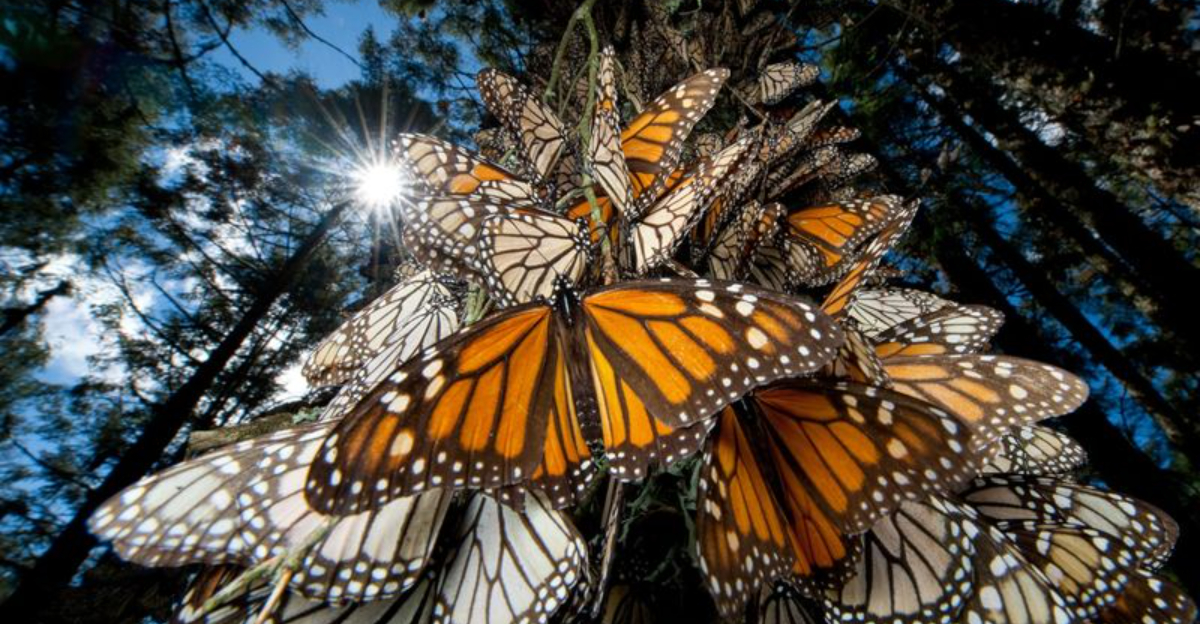
Insects may be small, but they possess abilities that would make superheroes jealous! These tiny creatures have evolved extraordinary adaptations that help them survive in diverse environments across our planet.
From explosive chemical defenses to architectural masterpieces, the insect world showcases nature’s most impressive engineering feats and survival strategies.
Bombardier Beetle: The Explosive Defense Mechanism
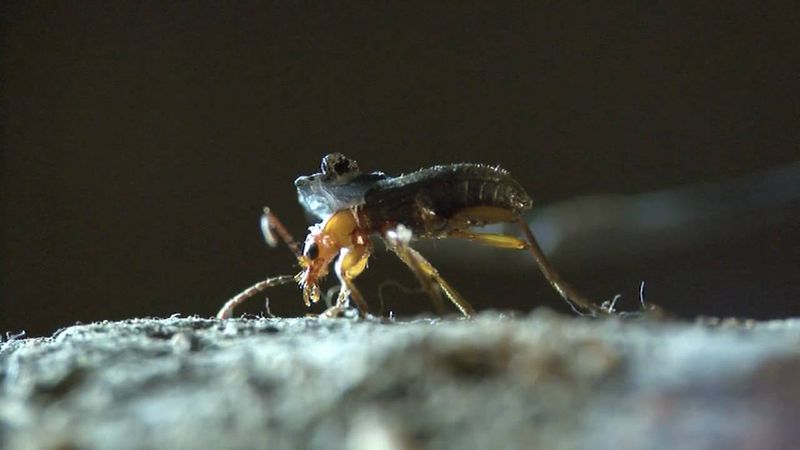
When threatened, this remarkable beetle mixes hydrogen peroxide and hydroquinones in a specialized chamber. The result? A boiling hot chemical spray that shoots out with a loud pop!
This mini explosion reaches temperatures near boiling point and can be aimed with surprising accuracy at predators. Talk about a hot temper!
Dragonfly: Speed Demon Of The Skies
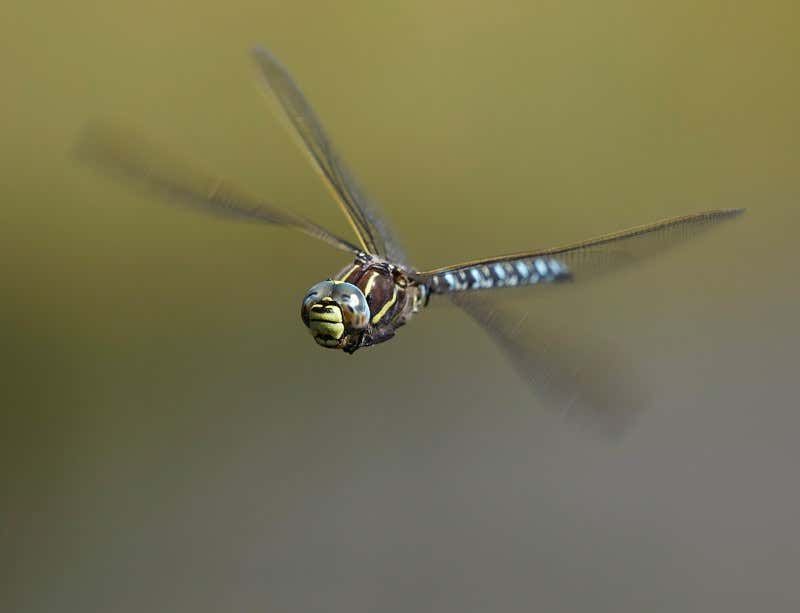
Zipping through the air at 35 mph, dragonflies capture 95% of their prey – the highest success rate of any predator on Earth. Their four independently-controlled wings allow unmatched aerial precision.
Ancient hunters with modern skills, these insects can process visual information so quickly that time appears to slow down for them during flight.
Honeybee: Master Of Communication
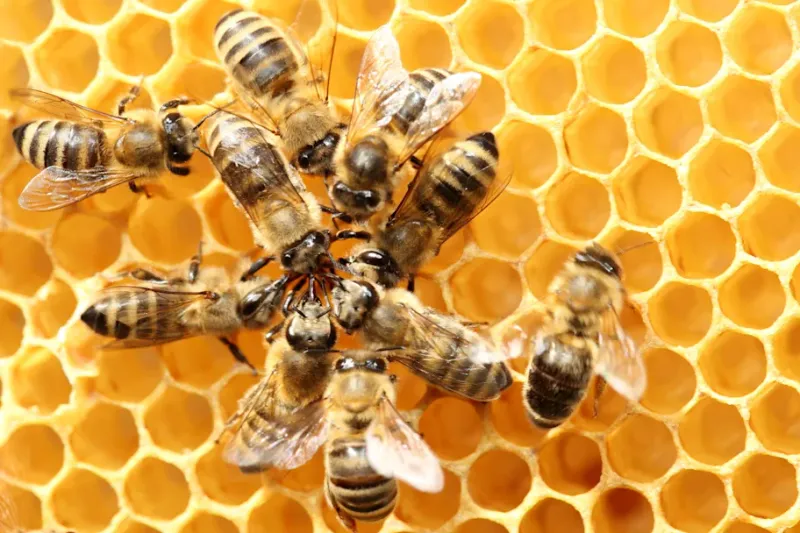
Buzzing with information, honeybees perform an intricate waggle dance that maps out food locations for hivemates. The angle of their dance relative to the sun indicates direction, while duration signals distance.
These tiny dancers even adjust for the sun’s movement across the sky! A single bee can inspire thousands of workers to visit the exact same flower patch.
Monarch Butterfly: The Long-Distance Traveler

Fluttering across continents, monarchs navigate a 3,000-mile journey without ever having made the trip before. Their tiny brains contain an internal compass that reads Earth’s magnetic field like GPS.
Remarkably, it takes multiple generations to complete the round trip. Great-grandchildren somehow know exactly where their ancestors came from, continuing an age-old migration cycle.
Ants: Super Strength
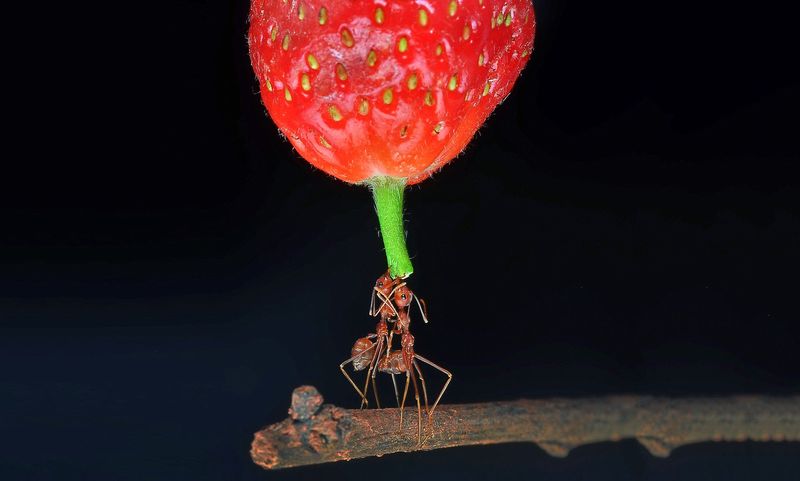
Pound for pound, ants are the weightlifting champions of the world. Their neck muscles attach directly to their head’s internal skeleton, creating a powerful lifting system.
Working together, ant colonies can move objects thousands of times heavier than themselves. Imagine a human lifting six full-sized cars with their teeth – that’s the equivalent strength these tiny titans possess!
Mantis Shrimp: Punching Powerhouses
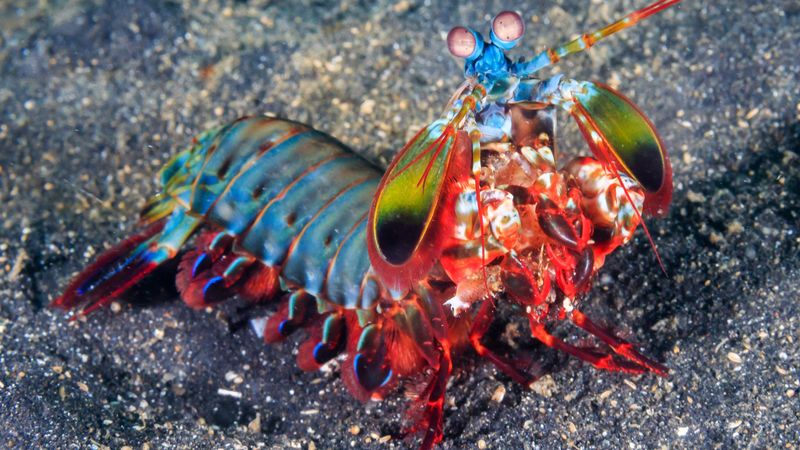
Armed with nature’s fastest punch, the mantis shrimp strikes with the force of a .22 caliber bullet! Their specialized appendages accelerate underwater at 50 mph, creating cavitation bubbles that produce light and heat.
The impact is so violent it can crack aquarium glass. These colorful fighters can see wavelengths of light invisible to human eyes, including ultraviolet and polarized light.
Fleas: Jumping Machines
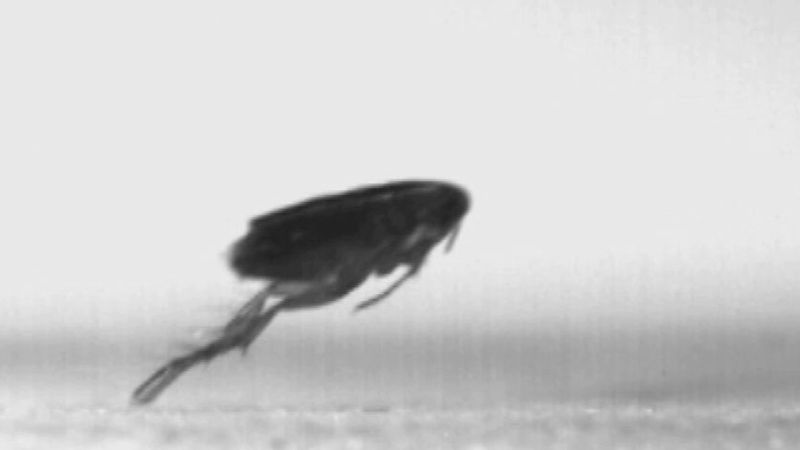
Launching themselves 150 times their body length, fleas would put Olympic high jumpers to shame. If humans could match this feat, we’d clear skyscrapers in a single bound!
Their secret? A protein called resilin stores energy like a compressed spring. When released, it catapults the flea upward with acceleration forces of 100G – enough to knock out a human pilot.
Termites: Architects Of The Underground

Master builders without blueprints, termites construct towering mounds with sophisticated temperature control systems. Their structures feature complex ventilation shafts that maintain perfect internal climate despite harsh external conditions.
Functioning as a superorganism, millions of termites work in perfect harmony. Some African termite mounds stand 30 feet tall – the human equivalent of constructing a skyscraper taller than the Empire State Building!
Caddisfly Larvae: Master Builders
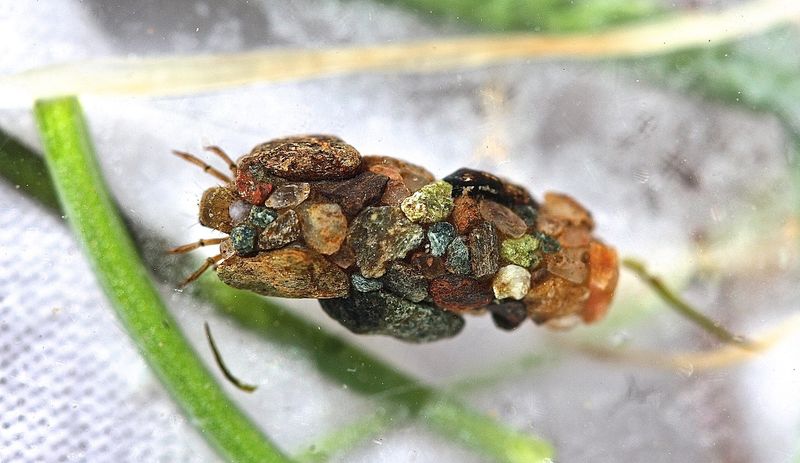
Underwater jewelers with silk-spinning skills, caddisfly larvae craft portable homes from whatever materials surround them. Each species creates a signature architectural style – some build spiral cases, others prefer stick lodges.
Artists have even provided them with gold flakes and gemstones, which the larvae happily incorporate into their portable shelters! These aquatic architects cement their found treasures with waterproof silk stronger than many synthetic adhesives.
Cicadas: The Longest Sleepers
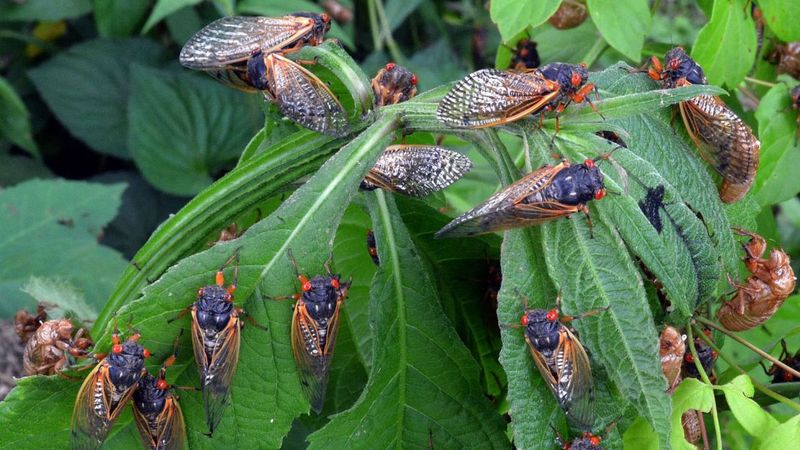
Patient beyond comprehension, periodical cicadas spend 17 years underground before emerging in synchronized swarms. Their biological clocks tick with astonishing precision, counting the seasonal cycles of tree root fluid.
When they finally surface, millions erupt simultaneously, overwhelming predators with sheer numbers. The deafening chorus of male cicadas can reach 100 decibels – as loud as a motorcycle or chainsaw!






